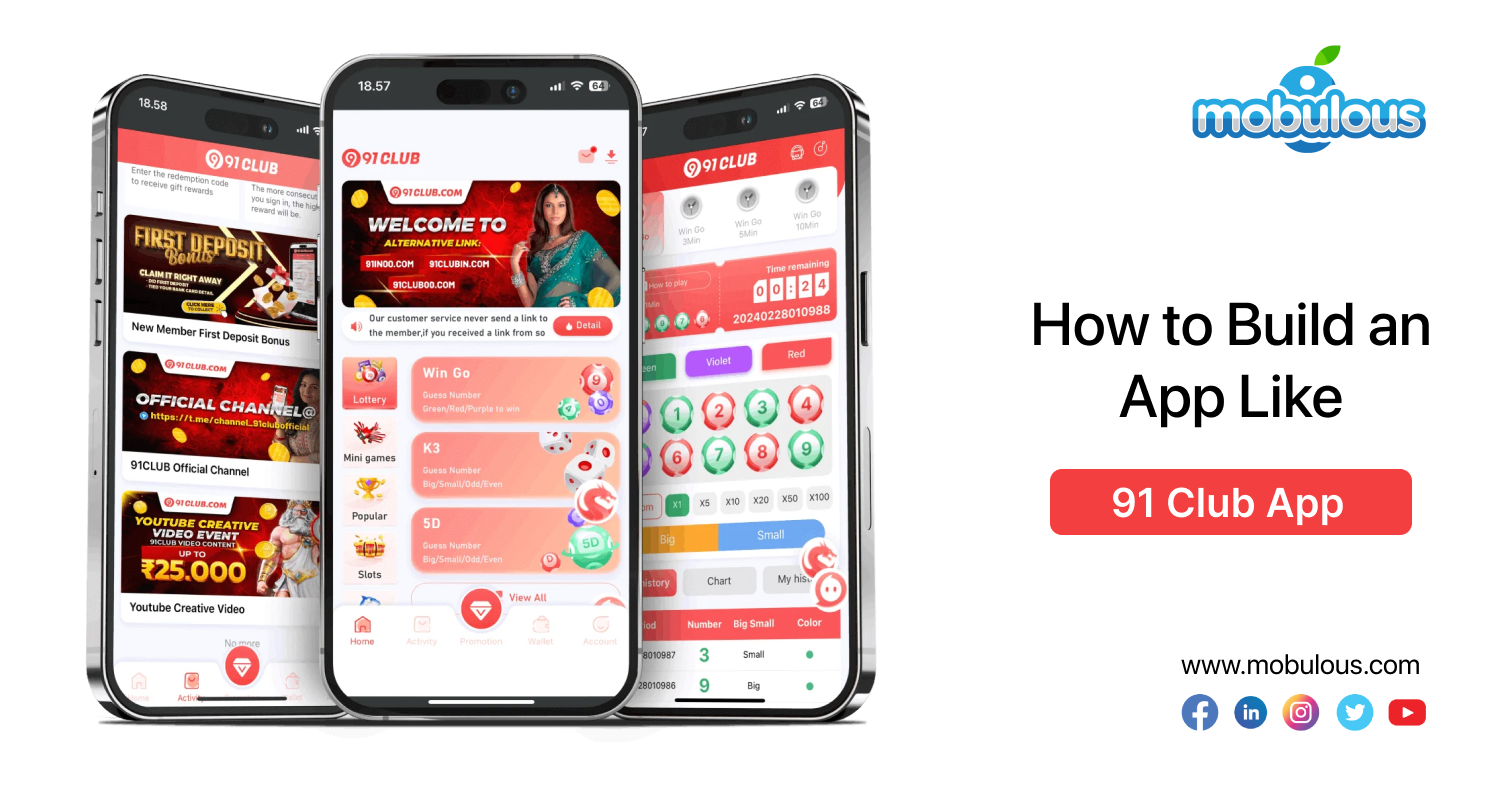Behind the Code: How Online Color Prediction Games Are Developed

Online color prediction games have taken the mobile gaming world by storm in recent years. These simple yet addictive games challenge players to predict the next color—often red, green, or violet—and win real or virtual rewards based on their guesses. While they may seem easy and minimal on the surface, a lot goes on behind the scenes to make these games functional, engaging, and secure.
Let’s explore the development process behind online color prediction games, breaking down the technology, design, and mechanics that bring them to life.
1. Concept and Game Logic Design
Every game starts with a concept. In color prediction games, the core idea is to allow users to place bets on the outcome of a random color result. The typical structure involves time-based rounds (e.g., every 3 minutes), during which users can place their predictions.
Game logic is built around a few key outcomes:
- Predicting the correct color (usually red or green)
- Predicting a rare color (e.g., violet) for a higher reward
- Placing multiple or combo bets
This logic is usually based on random number generation (RNG), but in legitimate platforms, it’s handled in a way that ensures fairness and transparency.
2. Random Number Generation (RNG)
The RNG algorithm is at the heart of any color prediction game. It determines the outcome of each round, ensuring that the result cannot be predicted or manipulated. Developers use secure algorithms like:
- Mersenne Twister
- SHA-256 (in blockchain-based systems)
- Custom-built pseudorandom functions
In trustworthy games, the RNG must be provably fair, meaning players can verify that the result wasn’t altered after their prediction. Some modern platforms like 91 club even use blockchain technology to store outcomes on a public ledger, enhancing transparency.
3. Frontend Development: Designing the User Interface
The frontend is what players see and interact with. It’s crucial that the user interface (UI) is:
- Simple and intuitive
- Responsive on mobile and desktop devices
- Fast-loading and lightweight
Frontend developers use frameworks like React.js, Vue.js, or Flutter to build cross-platform UIs. The focus is on real-time updates, so players can see countdowns, result history, and bet confirmations without lag.
A typical color prediction UI includes:
- A countdown timer
- Color buttons (red, green, violet)
- Betting panel with amount input
- Live result display
- Wallet or balance tracker
- Animations, sound effects, and interactive elements are also added to improve user engagement.
4. Backend Development and Database Management
The backend powers the logic, transactions, and communication between the frontend and server. Developers use backend technologies like:
- Node.js
- Python (Django or Flask)
- PHP (Laravel)
- Java (Spring Boot)
- The backend handles:
- Bet processing
- RNG execution
- Round timing and synchronization
- User account management
- Payouts and transactions
All of this is supported by a robust database system (MySQL, PostgreSQL, or MongoDB) to store game history, user data, and transaction logs securely.
5. Payment Integration and Security
Most color prediction games involve real money transactions, so payment gateway integration is vital. Developers integrate APIs from:
- UPI (in India)
- PayPal, Stripe
- Cryptocurrency wallets (MetaMask, Trust Wallet)
- To ensure security, sensitive data is encrypted using SSL certificates and secure hashing algorithms. Reputable developers also implement:
- Two-factor authentication (2FA)
- CAPTCHA and anti-bot measures
- KYC (Know Your Customer) verification
6. Admin Panel and Game Control
Behind every game is an admin dashboard that allows operators to manage the system. This includes:
- Monitoring user activity
- Controlling round durations and timings
- Adjusting payout rules
- Viewing analytics and user trends
- Handling disputes or suspicious activity
The admin panel is usually protected with role-based access controls and audit trails to ensure secure operations.
7. Testing and Deployment
Before launch, the game goes through extensive testing, including:
- Functional testing (do all buttons and features work?)
- Load testing (can the server handle thousands of users?)
- Security testing (can it resist hacking attempts?)
- RNG fairness testing
Once verified, the game is deployed using cloud services like AWS, Google Cloud, or DigitalOcean, ensuring scalability and high availability.
Conclusion
While online color prediction games may appear simple, their development involves a complex interplay of frontend design, backend logic, RNG systems, payment integration, and security protocols. Behind every tap and color choice is a well-crafted system designed to deliver fast, fair, and fun gaming experiences. As the industry evolves, we can expect these games to become even more sophisticated—with enhanced transparency, better security, and smarter features driven by AI and blockchain.


